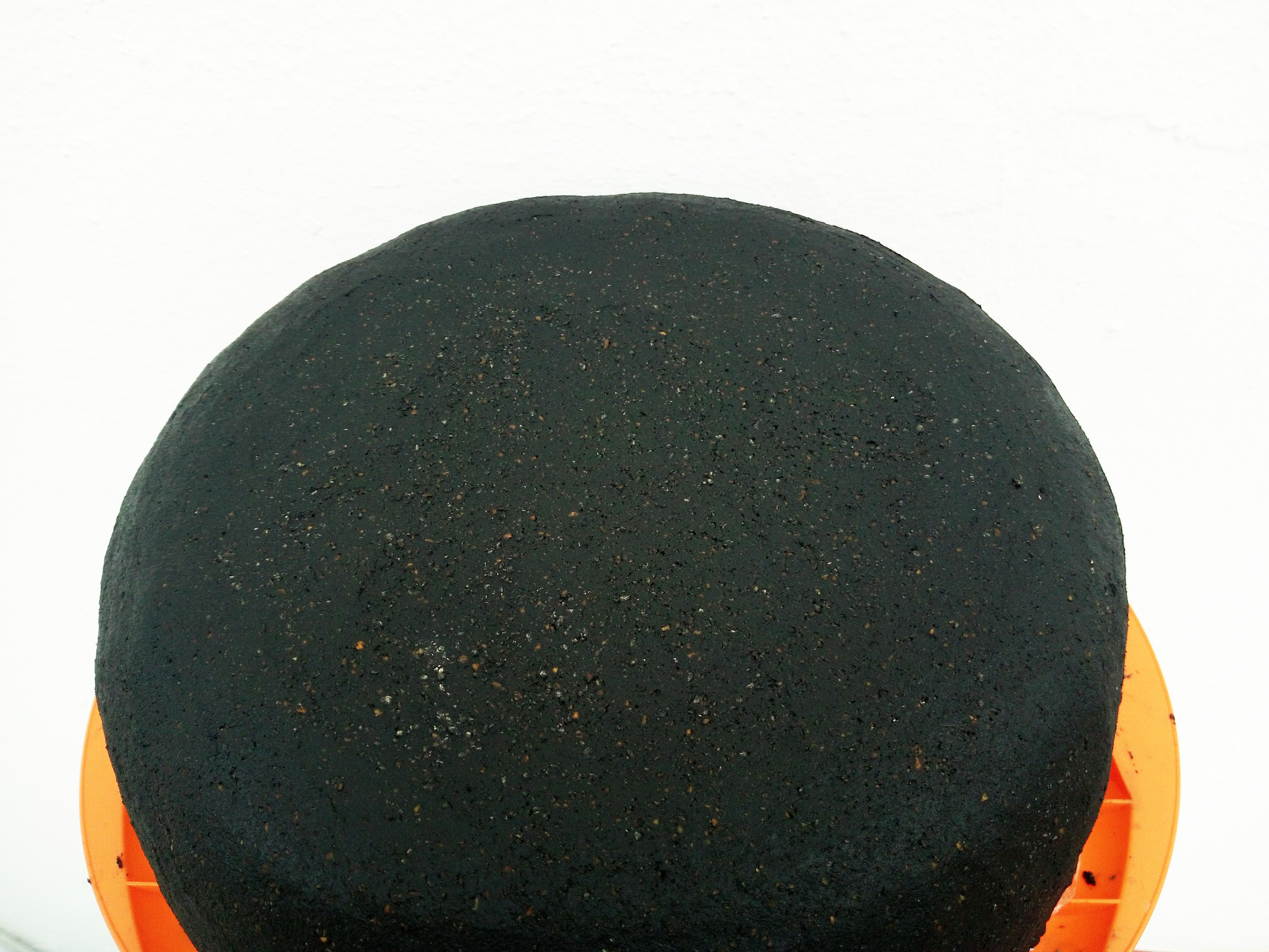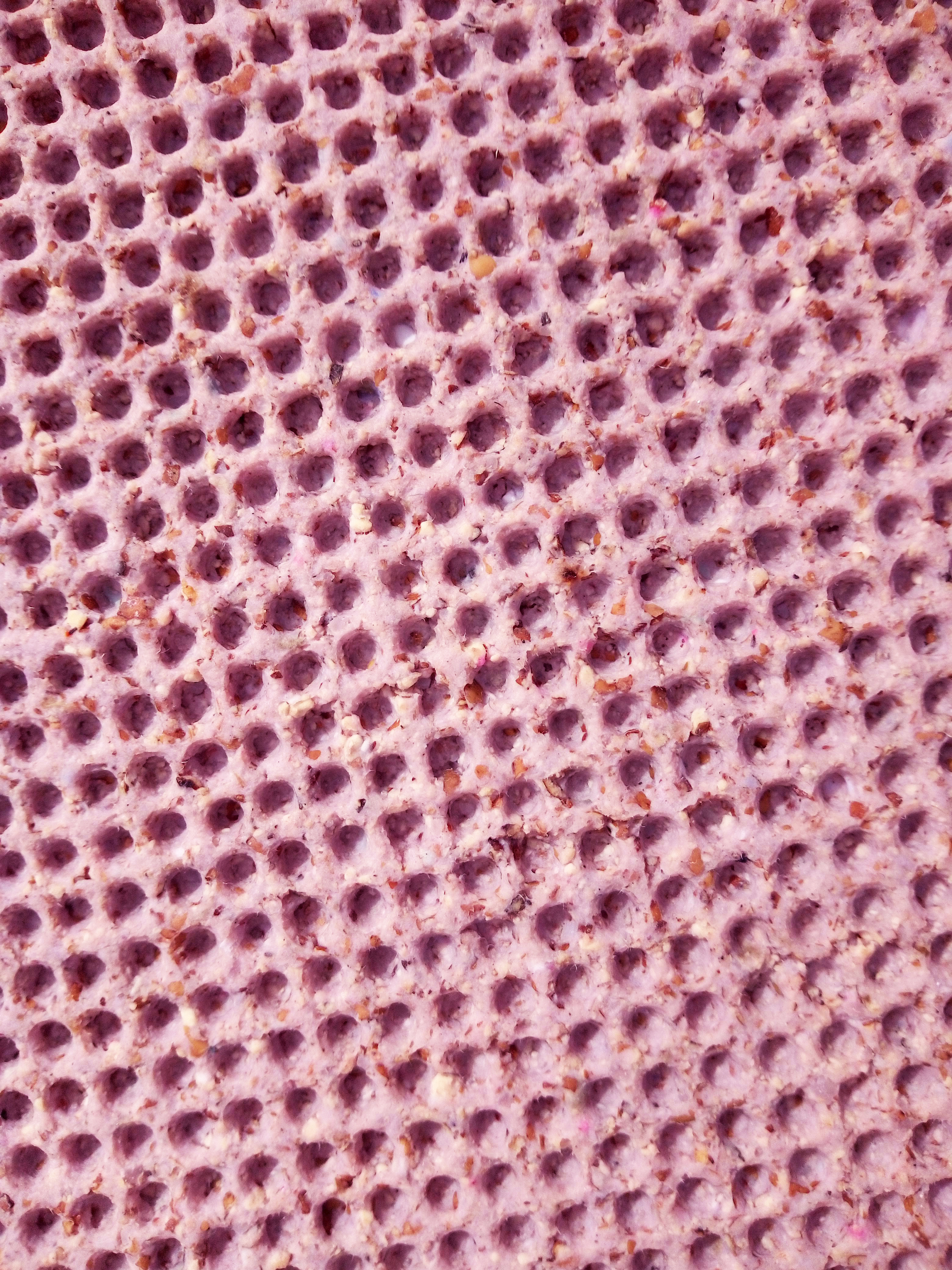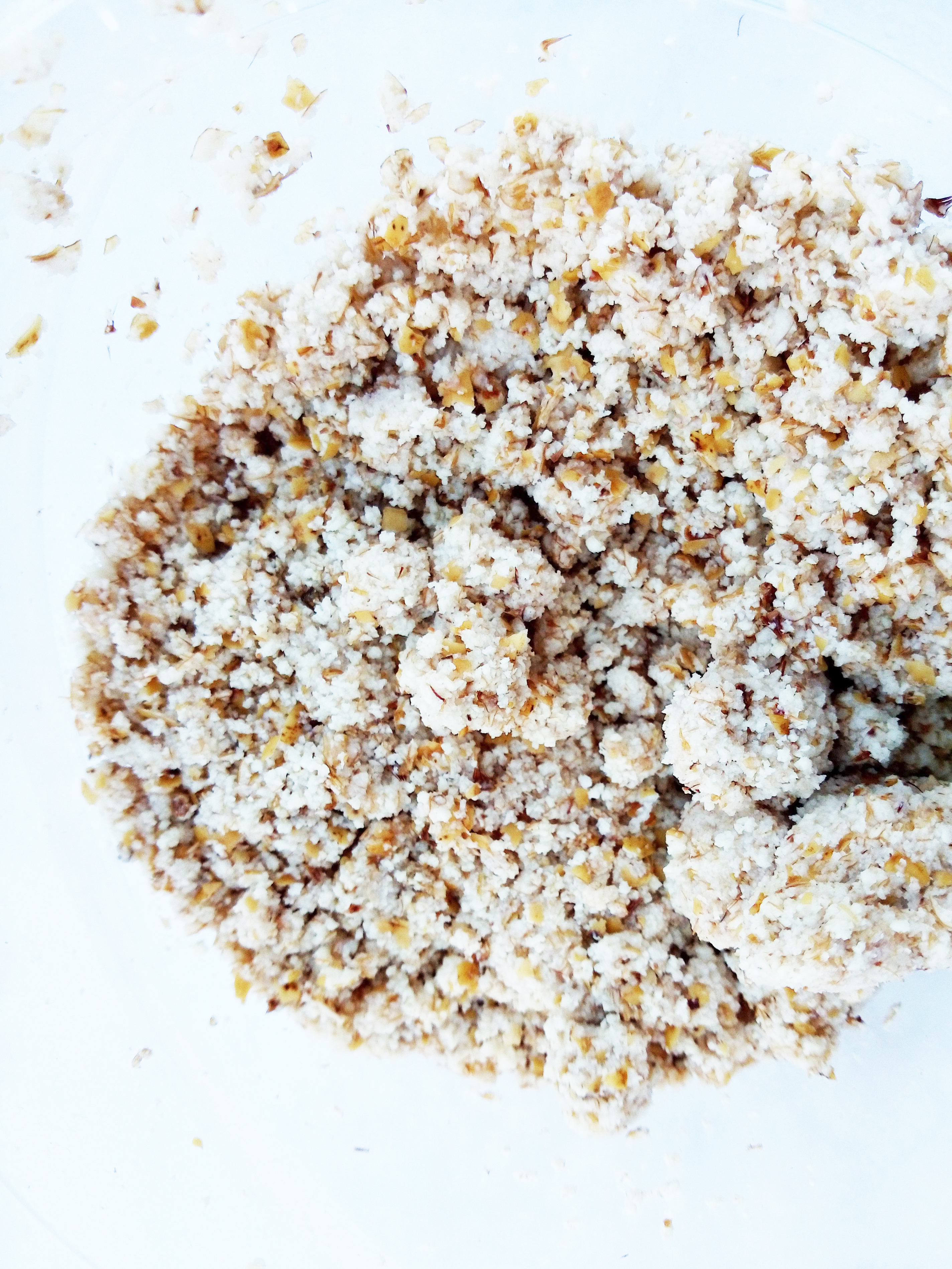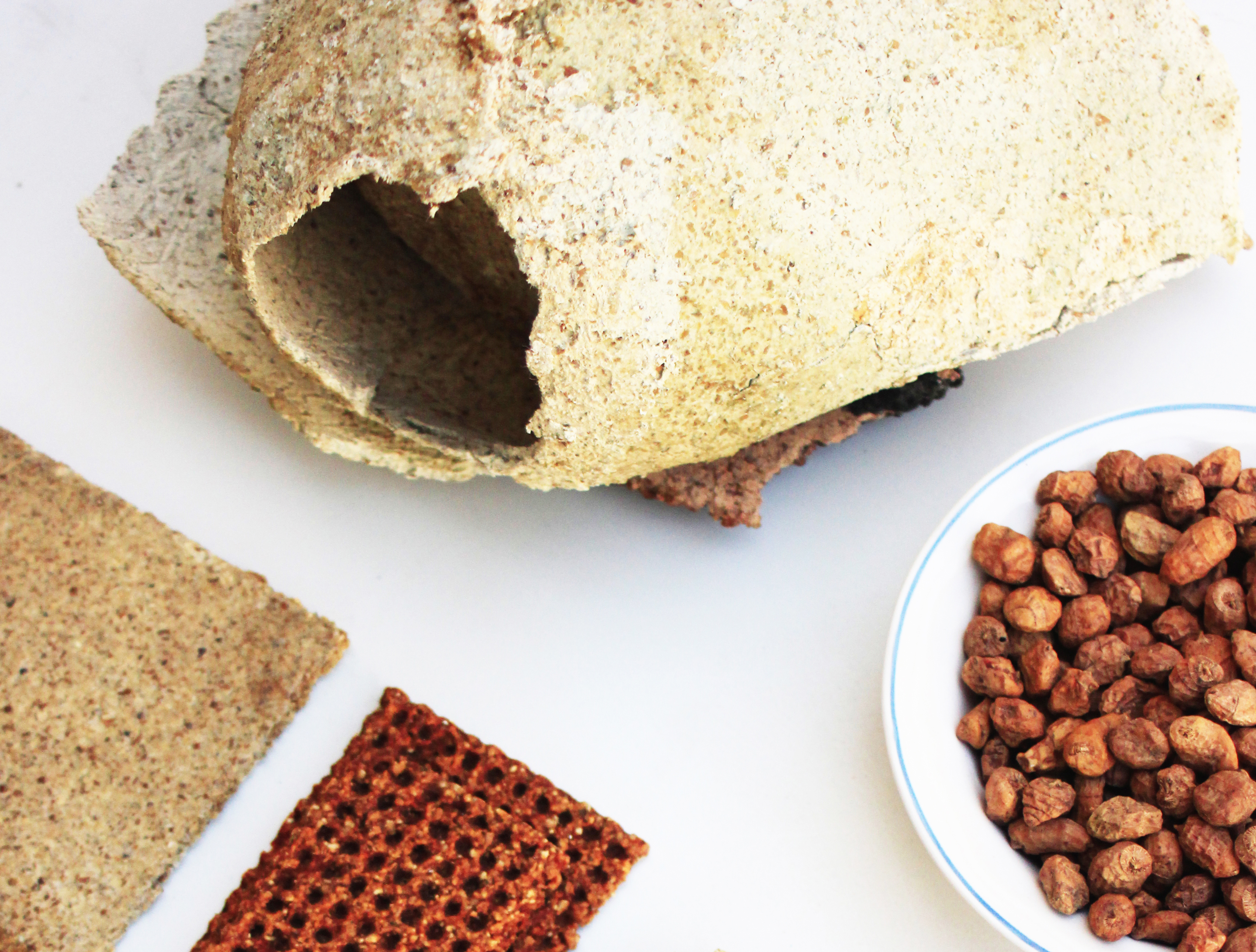After
the chufa is
crushed
to make the orxata, an important amount of waste is
left aside. Chufa residues are usually left on the fields to serve as
mold and fertilizer. Xufa Proceso aims to use some of this raw
material for future design materials and daily
objects,
a
way of
achieving
a sustainable
and bio-degradable
fabrication
process. Partnering
with local farmers and local orchateros,
it
reclaims
Valencian
heritage, betting
on
the many
possibilities that new appropriations
of
the chufa waste can
offer. The
project develops a
range of new
materials
and
original
textures,
which will be turned into a
collection of objects.
I am Sarah Viguer, a franco-spanish textile & material designer. I studied in Paris and now live and work in Marseille. I am using my design practice to explore Valencian Spanish culture. The Xufa Proceso project is part of my own roots. It has gotten quite literal, as my research went from the roots of my childhood to those of the chufa, a tuber that is pressed to obtain a delicious vegetable milk called horchata.







What is xufa/chufa? “Orchata de chufa” or “oxata de xufa” in Valencian, translated in english as “tigerseed orgeat”, is a sweet vegetarian milk made from chufa tubers. This drink is typical of the Valencian Community of Spain, where it is extremely popular. It is sometimes served with crushed ice (called “orxata granizada”) and is traditionally eaten with Valencian buns which are called fartons (︎Horchateria Daniel).
What is the horchata process? The horchata
production
begins with the washing of the tuber, which is then passed
through a
mill and
crushed.
For
one
kilogram of nutmeg, three
liters of water are needed.
The
dough thus obtained is macerated,
then pressed and filtered several times. Every
kilogram of nutsedge is once again mixed
with two liters of water.
The process ends with the addition of 100 grams of sugar per liter
and a
final
filtering. Horchata is rich in minerals (phosphorus, calcium,
magnesium) and vitamins (C and E). It also contains many enzymes that
facilitate digestion.







What are the chufa's origins & where does its agriculture come from? The first traces of horchata production date back to the 8th century, when the Arabs introduced nutmeg cultivation to the region of Valencia, whose sandy soil and sunny climate constituted an ideal territory. Persian and Arab authors comment on the digestive, diuretic and disinfectant properties of a medicinal preparation obtained from that nutsedge, which has been cultivated since the highest antiquity in the Arab world, particularly in the Chouf region of Sudan.
Nutgrass vases were also found in the tombs of the Egyptian pharaohs. According to a legend, the name Orxata comes from James I of Aragon. As a girl offered him some xufa milk, the king answered “Aixo es or, xata” ("This is gold, sweetie"). Since 1995, there has been a Regulatory Council of the origin appellation of the Valencian Community. In Latin American countries such as Mexico where horchata is very popular, some villages still celebrate James I of Aragon during the Xata Dia.


What is the Horta
de València? Valencia's
Horta
(Horta
de València in Valencian or Huerta
de Valencia in Castilian) is a historic comarca of Valencian territory,
whose capital is the city of Valencia. The "horta"
(garden)
of Valencia is located in
the center of Valencia. It
is surrounded by various
eco-systems
where water is very present: the Albufera of Valencia to the South,
the Mediterranean Sea to the East,
the Turia natural park and the
marsh
to
the West
of Moro north
Sagunto.
An
irrigation network of Islamic origin ensures that
the
water can
be distributed across the horta, thanks to eight
ditches from Turia river:
the Real
Acequia de Moncada and the seven ditches belonging to the Tribunal de las
Aguas (Rascanya, Tormos, Mestalla, Mislata-Xirivella,
Faitanar-Benager, Rovella and Favara). Historically,
the Horta has been driven by the culture of
orange, chufa and rice. Each parcel is called hort.



Is Valencia 's horta a protected or a threatened territory? The horta as a whole is now supposed to be a protected place and considered as part of the living heritage of the Valencian culture. However, in the last decades, the area has suffered from an intense process of urbanization and industrialization, one which is still ongoing, transforming land into a speculation product and leading to the marginalization of agricultural activities on its soil.
Despite these destructive policies, Valencia's horta is one of the most representative elements of the Valencian culture. It is still vibrant, thanks to the work of the farmers who cultivated this fertile soils every day and have maintained a lively agricultural production since the Roman era. The Horta represents one of the most sustainable, diverse and effective agrarian models worldwide.
